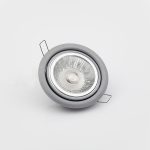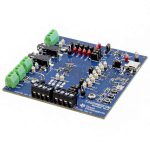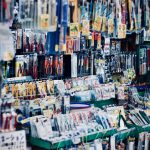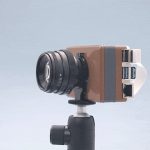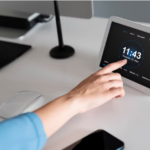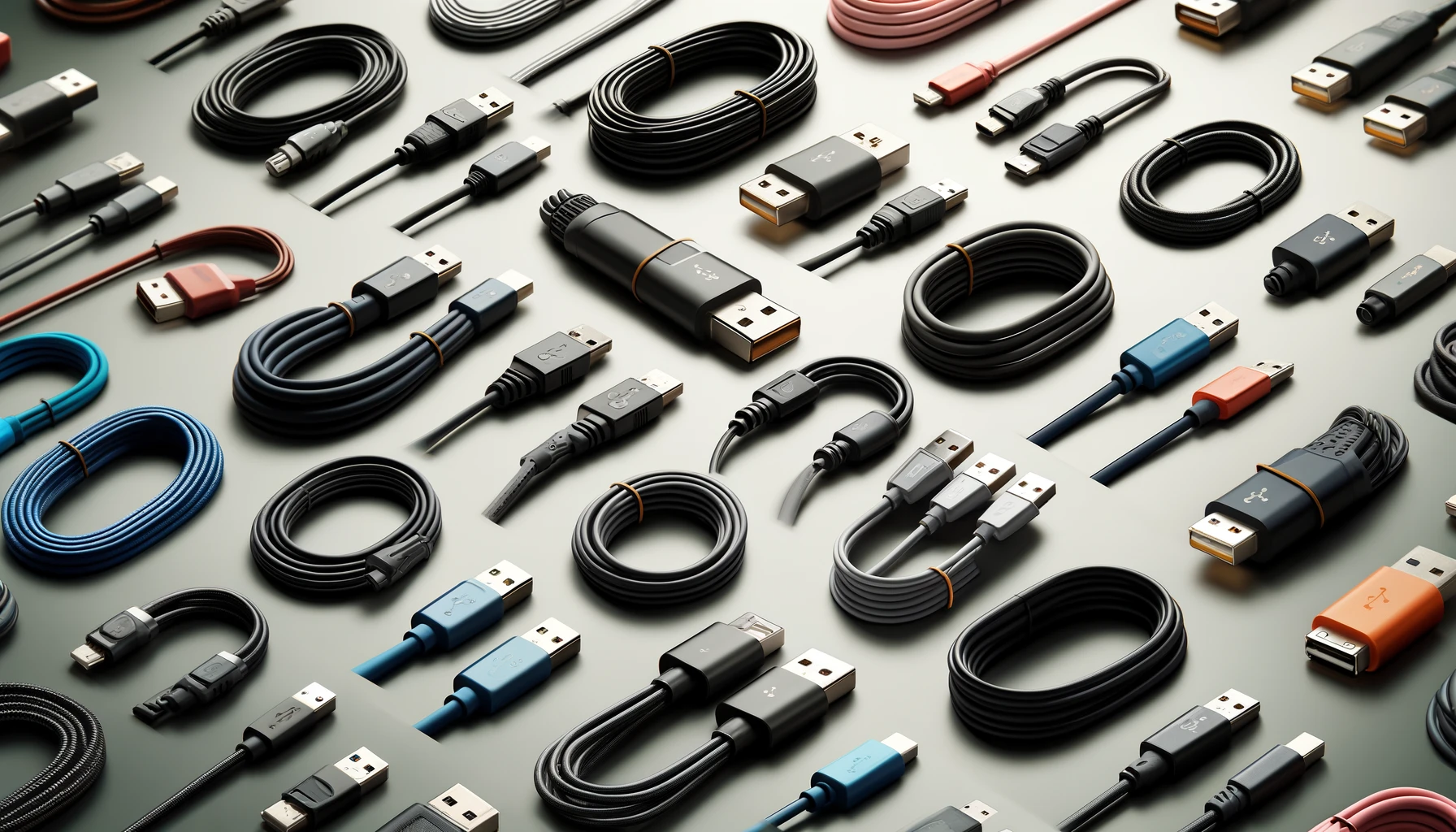
Introduction
When it comes to electronic accessories, USB (Universal Serial Bus) cables are indispensable. They power our devices, transfer data, and ensure we stay connected. However, not all USB cables are created equal. Durability is a critical factor, especially when you’re on a budget. This article deeply dives into the importance of durable, budget-friendly USB cables, exploring maintenance tips and brand recommendations.
What is a USB Cable? A Brief Overview
A USB cable is a ubiquitous cord used to connect a myriad of electronic devices to computers or other digital devices for data transfer and power delivery. These cables feature a standard USB connector on one end and a device-specific connector on the other. USB cables come in different lengths, types, and versions, with variations in the connector shape on the end that plugs into the device. Typically, a USB cable comprises a connector, a cable, and a pinout that work together for seamless transmission of data and supplying electric power to numerous devices.
The Importance of Durability in USB Cables
Durability is paramount when selecting USB cables, especially on a budget. Flimsy wires can break easily, while weak connectors can become loose or detach entirely. Not only is this inconvenient, but it can also damage your devices. A low-quality cable might not regulate voltage properly, leading to power surges that can harm your phone, tablet, or other electronics. Additionally, durable cables withstand daily wear and tear, ensuring reliable performance over time. Investing in a durable USB cable can save you money and frustration by avoiding frequent replacements.
Understanding Popular Types of USB Cables for Modern Connectivity
USB cables come in various types, each with specific uses. Common types include USB-A, USB-B, USB-C, Micro USB, and Mini USB. Each type has unique connectors and capabilities, catering to different devices and applications. Among these multiple types, the USB C cable is at the forefront of innovation with its versatile USB C plug, offering fast data transfer and charging capabilities across various devices.
Identifying and Testing the Durability of USB Cables
Recognising a durable USB cable involves looking for key indicators and physical inspections, such as sturdy connectors, thick insulation, cable length, and quality materials. Stress points, where cables often bend, should be reinforced to prevent fraying and breakage. Testing the durability of USB cables can involve stress tests and pull tests, such as bending the cable repeatedly and checking for fraying. User reviews and ratings also provide insights into the cable’s longevity and performance. By combining these general methods, you can get a good idea of a USB cable’s potential durability.
Budget vs. Quality: Finding the Balance
Balancing budget and quality is crucial when purchasing USB cables. While cheaper cables might save money initially, investing in slightly higher-priced options from reputable brands can ensure longer-lasting performance and better overall value.
Features to Look for in Budget and Durable USB Cables
Key features to consider in budget and durable USB cables include reinforced connectors, braided exteriors, and warranties. Also, look for cable lengths that impact the cable’s durability and performance. Longer cables are more prone to tangling and signal loss. Considering these features enhances durability and provides peace of mind for the user.
Maintaining the Durability of USB Cables: Expert Tips
Maintaining the durability of USB cables involves a few key practices and tips to ensure reliable performance over time. These include:
- Avoid Stress on the Cable: Avoid bending or twisting the cable excessively, especially near the connectors. Use cable organisers or clips to keep cables neatly stored when not in use.
- Handle Connectors Carefully: When plugging or unplugging, grasp the connector instead of pulling on the cable itself. This reduces strain on the internal wires.
- Protect from Physical Damage: Keep cables away from sharp edges, pets, and heavy objects that could crush or damage them. Consider using cable sleeves or protective covers if cables are exposed to potential hazards.
- Avoid Extreme Temperatures: USB cables can be sensitive to temperature extremes. To avoid damage to the insulation and connectors, keep the cables away from direct sunlight, heat sources, or freezing temperatures.
- Store Properly: Coil cables loosely using the over-under technique to avoid kinks. When not in use, store them in a dry, dust-free environment.
- Regular Inspection: Periodically check cables for signs of any wear or damage, such as loose connectors. Replace damaged cables promptly to prevent further issues.
Top Budget-Friendly Durable USB Cable Brands: Comparing Brands and Models
Several brands offer durable, budget-friendly USB cables. Brands like Anker, Aukey, and AmazonBasics are known for their reliable and affordable cables, receiving positive reviews from users. Comparing different brands and models helps you choose the best USB cable. Consider factors such as material quality, user reviews, and warranty terms. Side-by-side comparisons can highlight the strengths and weaknesses of each option.
Final Thoughts
Investing a bit more upfront on a durable USB cable will save you money and frustration in the long run. By understanding the importance of materials, construction, and brand reputation, you can find budget-friendly options that offer excellent performance. Look for braided exteriors and reinforced connectors and consider USB-IF certification. By following the expert tips for proper maintenance of these cables, you can keep your devices charged and connected for years to come.








